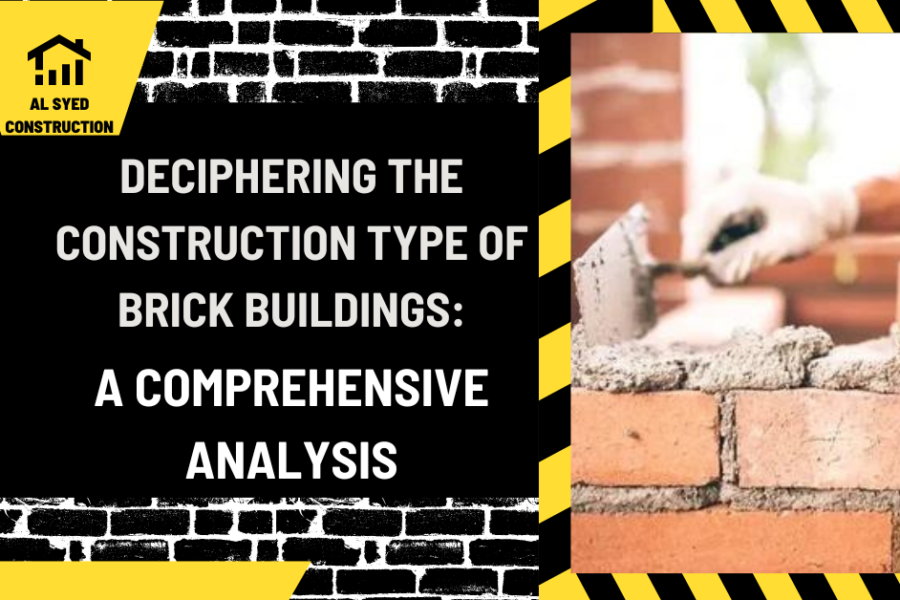Deciphering the Construction Type of Brick Buildings: A Comprehensive Analysis
Table of Contents
Introduction
Brick buildings have been a staple in architectural design for centuries, known for their durability, aesthetic appeal, and fire resistance. When it comes to classifying the construction type of a brick building, it’s essential to understand the various factors that come into play, including the materials used, the building’s structural system, and its fire-resistance capabilities. This article delves into the construction type classification of brick buildings, shedding light on their characteristics and the implications for safety and design.
Understanding Construction Types and Brick Buildings
The Role of Construction Types in Building Design
Construction types are classifications defined by building codes, such as the International Building Code (IBC), to categorize buildings based on their fire-resistance and the materials used in their construction. These classifications help determine the building’s overall safety, structural integrity, and compliance with fire regulations.
Characteristics of Brick Buildings
Brick buildings are primarily constructed using bricks as the primary material for walls and other structural components. The type of brick, mortar used, and the construction technique can vary, but the common denominator is the use of masonry units made from clay or concrete.
Identifying the Construction Type of Brick Buildings
Type III Construction: A Common Classification for Brick Buildings
Many brick buildings fall under Type III construction, also known as ordinary construction. This classification typically involves exterior walls made of noncombustible materials like brick, with interior elements that can be made of combustible materials, such as wood. Type III buildings are required to have fire-resistance ratings for their exterior walls, floors, and roofs.
Other Possible Classifications
While Type III construction is common for brick buildings, it’s not the only possible classification. The specific construction type depends on various factors, including the building’s overall design, the use of fireproofing materials, and the presence of combustible materials in the structure. For example, a brick building with reinforced concrete floors and a steel frame might be classified as Type II (noncombustible) construction.
Implications of Construction Type for Brick Buildings
Fire Safety and Regulations
The construction type of a brick building has significant implications for fire safety and compliance with building regulations. Type III construction, for example, requires specific fire-resistance ratings for its structural elements, which can influence the choice of materials and construction methods.
Design and Aesthetic Considerations
The construction type also impacts the building’s design and aesthetics. The use of brick in Type III construction not only provides a classic and timeless appearance but also offers design flexibility, allowing architects to create structures that are both beautiful and functional.
Conclusion
The construction type of a brick building is determined by a combination of factors, including the materials used, the building’s structural system, and its fire-resistance capabilities. While many brick buildings are classified as Type III construction, it’s essential to consider the specific characteristics of each building to determine its appropriate classification. Understanding the construction type is crucial for ensuring compliance with building codes, enhancing fire safety, and achieving the desired aesthetic and functional outcomes in brick construction projects.




